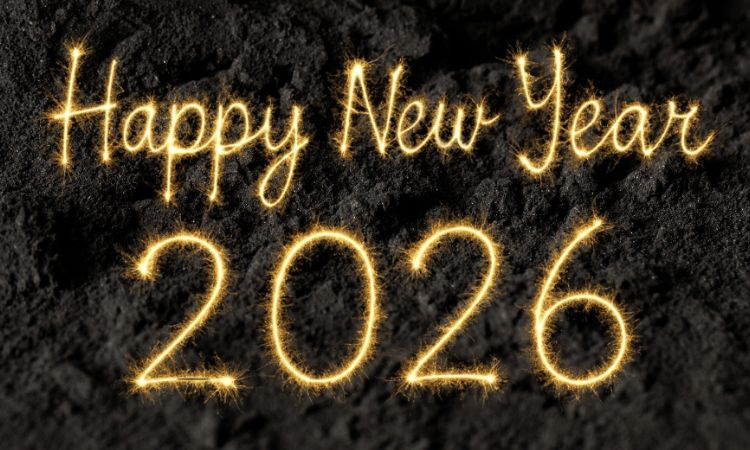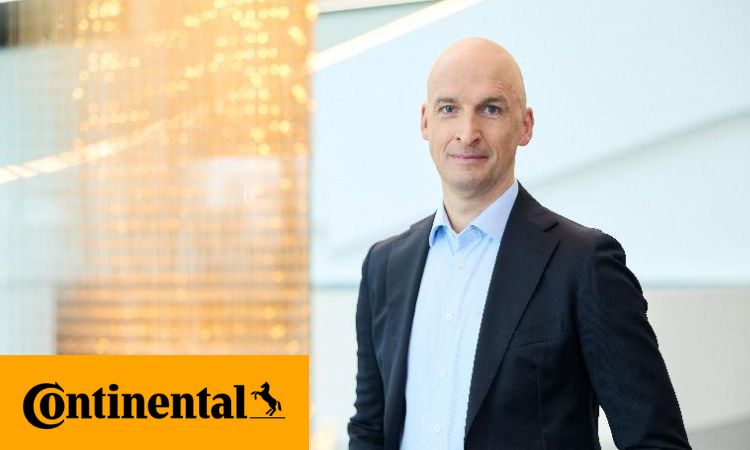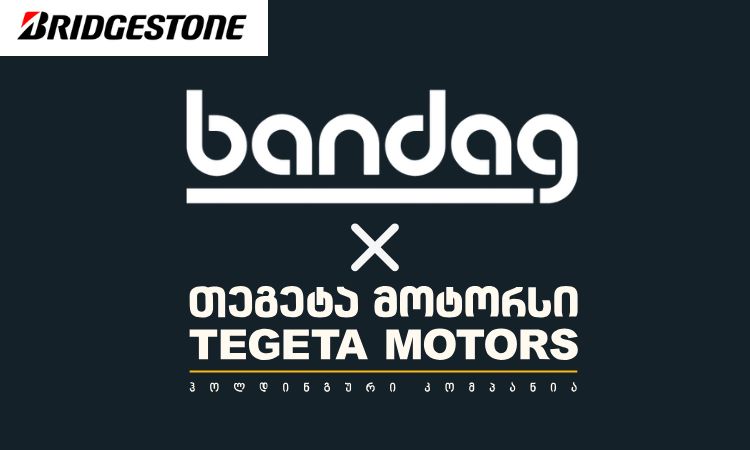Britain’s Tyre Recovery Association challenges ECHA claims and proposed ban on rubber infill
In July 2020, Britain’s Tyre Recovery Association (TRA) issued a response to the decision of the European Chemical Agency (ECHA) to ban tyre-derived crumb rubber from the use as infill in artificial turf.
Below, we are citing TRA’s response to ECHA. The text below is the original official message sent by the TRA.
***
End of life tyres & the microplastics issue: TRA challenges ECHA claims and proposed ban on rubber infill
The issue:
The European Chemical Agency’s Risk Assessment Committee (RAC) is proposing an EU-wide ban on microplastics infill in sports and other play surfaces from 2028 due to ‘possible’ environmental releases.
Since our tyres contain a mixture of natural rubber and synthetic polymers (TDRM), these are deemed to have been intentionally introduced into infill materials.
The ECHA further claims that 16,000 tonnes of this material is ‘released’ into the environment annually and constitutes its justification for the proposed ban.
Some data
It is estimated that some 500,000 tonnes of TDRM granulate (not micro particulate) is used annually in play surfaces across the whole of Europe much of which goes into soccer pitches.
The ECHA calculation of material released into the environment appears to be based on the amount of material required to top-up these surfaces not as a result of materials ‘release’ into the environment but of the need to ‘top-up’ surfaces as a consequence of compaction during their use. Engineered pitches such as these are already largely self-contained so do not ‘leak’ in the manner claimed by the ECHA.
Are alternative infill materials available?
Yes, but they tend to be more costly and come with their own serious limitations when compared to rubber granulate. For example, organic infills such as cork, coconut shells etc. have their own drawbacks. As most organic infills tend to float they can be released into surrounding environments during heavy rainfall so are poorly suited to certain parts of Europe. Some also perform badly in colder northern climes while others may need frequent and costly watering to stay moist in warmer parts of the European continent. Natural grass fields are also not a realistic option due to high levels of wear and maintenance in most climates.
Were rubber infill to be banned across Europe some 10,000-15,000 pitches would need to be prematurely replaced as a result and at a cost of at least €60,000 each according to estimates by the European Synthetic Turf Council.
What more can we do to further allay environmental concerns?
The industry is working with the European Standards Committee to promote the use of full containment barriers around all fields, filter drains and other measures as well as formal risk management procedures to ensure compliance under all foreseeable circumstances.
A final decision on the proposed ban on rubber infill is expected to be made by the ECHA sometime in 2021. In the meanwhile Europe’s rubber industries and other concerned parties across the continent continue to argue their case and lobby for a more suitable outcome.
What some are saying…
- The European Tyre Manufactures’ Association (ETMA) called the ECHA proposal disproportionate and likely to cost the industry more than €1.5 billion. It also conflicted with the principles of the EU Waste Hierarchy.
- The European Synthetic Turf Council (ESTC) claims that data produced by the ECHA to justify its proposal are incorrect.
- Britain’s Tyre Recovery Association (TRA) claimed the proposal ‘flew in the face of reason and would set back our tyre recycling efforts by a generation’.
- The European Tyres Recycling Association (ETRA) has dubbed the ECHA initiative ‘unfortunate’.
For more information on this matter contact any of the organisations cited above or contact the TRA.
Weibold is an international consulting company specializing exclusively in end-of-life tire recycling and pyrolysis. Since 1999, we have helped companies grow and build profitable businesses.









